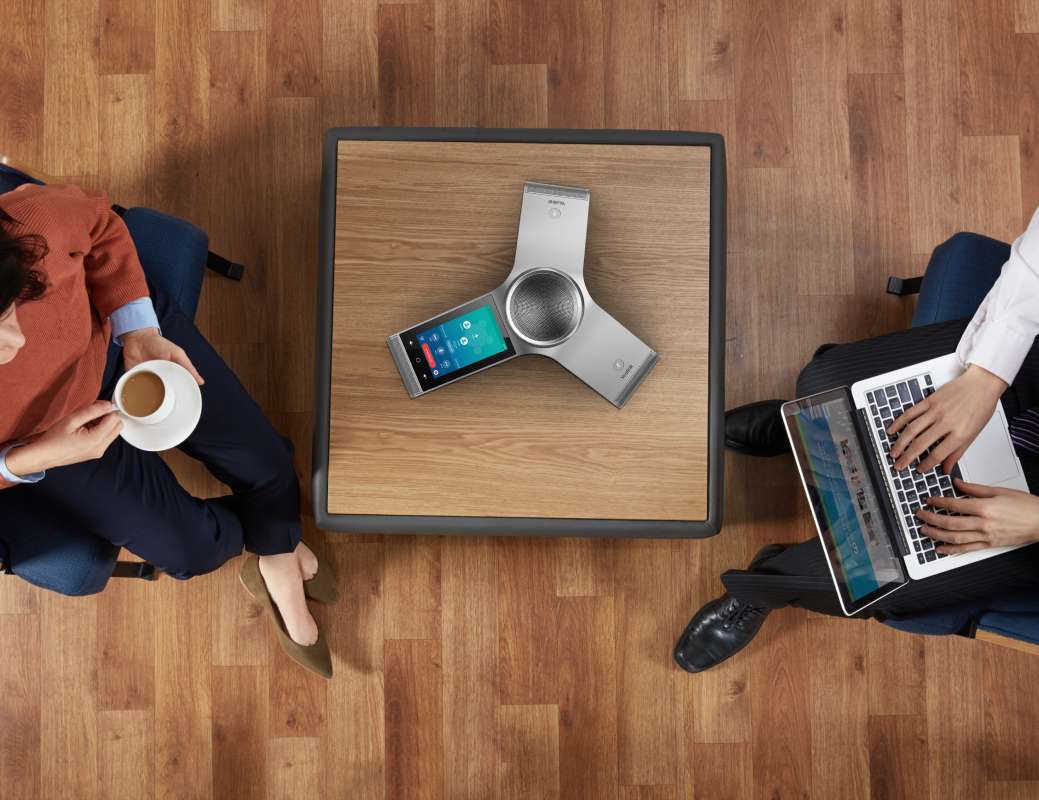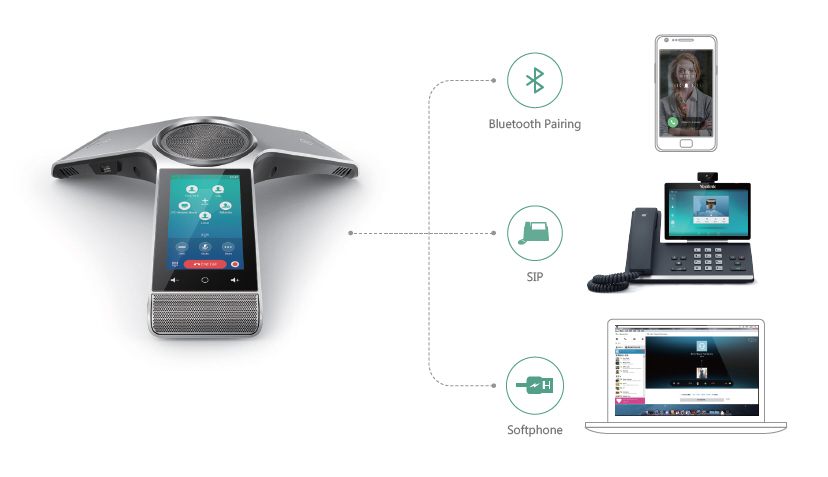Introduction: Understanding the Shift to VoIP
In today's fast-paced business environment, communication is paramount. Companies are increasingly moving towards modern solutions that streamline their operations and improve productivity. One such solution gaining traction is the VoIP phone system. But what happens if your business isn't making this critical transition? In this article, we will delve deep into The Hidden Costs of Not Switching to a VoIP Phone System for Your Business. By the end, you’ll understand not only the financial implications but also the operational drawbacks you may face.
What is a VoIP Phone System?
Definition and Features
A VoIP phone system, or Voice over Internet Protocol, allows users to make voice calls using an internet connection rather than traditional telephone lines. This technology converts voice signals into digital data packets, which are then transmitted over the internet.
Key Features of VoIP Systems:
- Cost-Effective: Lower monthly fees compared to traditional landlines. Flexibility: Ability to use on various devices—phones, tablets, laptops. Scalability: Easily add or remove lines as your business grows. Advanced Features: Includes call forwarding, voicemail-to-email, and video conferencing.
The Hidden Costs of Not Switching to a VoIP Phone System for Your Business
Choosing not to adopt a VoIP phone system can lead to several hidden costs that may not be immediately apparent. Let's explore these costs in detail:

Increased Communication Expenses
Traditional phone systems often come with hefty monthly bills, which can strain your budget. With a VoIP system, you can significantly reduce these costs.
Breakdown of Traditional vs. VoIP Costs
| Expense Type | Traditional Phone | VoIP Phone | |--------------------------|-------------------|-------------| | Monthly Service Fee | $50-$100 | $20-$40 | | Long-Distance Charges | High | None | | Installation Fees | High | Low/None |
Limited Scalability
If your business experiences rapid growth or fluctuating demand, sticking with traditional systems means lengthy and expensive upgrades.

Scalability Comparison:
- Traditional Systems: Require physical line installations. VoIP Systems: Add lines with just a few clicks.
Inefficient Communication Tools
Many businesses rely on outdated communication tools that lack integration capabilities with modern applications.
Integration Opportunities:
VoIP integrates seamlessly with CRM systems and other software tools, enhancing productivity and collaboration.
Operational Drawbacks of Not Switching
Decreased Employee Productivity
When employees have limited communication tools, their ability to work efficiently declines. Studies show that companies using VoIP systems report higher employee satisfaction due to better communication methods.
Missed Collaboration Opportunities
Failing to switch can hinder team collaboration. Traditional phones offer no video conferencing or messaging features that are essential for effective teamwork today.
The Impact on Customer Experience
Poor Customer Interaction
When customers cannot reach your business easily or experience long wait times due to outdated systems, their perception of your brand suffers.
Statistics on Customer Experience:
- 70% of customers cite poor communication as a reason for leaving a service provider.
Lost Revenue Potential
Businesses that fail https://blogfreely.net/elvinabmok/voip-phones-and-multi-location-businesses-a-perfect-match to adapt miss out on potential sales opportunities simply because they lack an efficient way to communicate with clients. A seamless communication channel plays a crucial role in closing deals and maintaining client relationships.
A Comparative Analysis: VoIP vs Traditional Systems
Cost Analysis Over Time
While initial investments in infrastructure can be high for traditional systems, ongoing maintenance costs can accumulate rapidly compared to the lower recurring fees associated with VoIP systems.
Long-term Cost Projection:
Assuming a 5-year period:
- Traditional System Total Cost: Approximately $10,000 VoIP System Total Cost: Approximately $2,500
Feature Comparison Table:
| Feature | Traditional Phone | VoIP Phone | |-------------------------|-------------------|-------------| | Call Forwarding | Limited | Yes | | Video Conferencing | No | Yes | | Mobile Access | No | Yes |
Technological Advancements in Communication
The Role of Cloud Technology
VoIP systems leverage cloud technology for more reliable service and features like auto updates without disrupting operations.
Benefits of Cloud-Based Solutions:
Reduced hardware expenses Increased data security Remote work capabilitiesSecurity Concerns: Are You at Risk?
Vulnerabilities in Traditional Systems
Older telephone technologies often lack cybersecurity measures compared to modern digital solutions like VoIP.
Common Security Risks:
Lack of encryption Physical theft risks (hardware) Unable to monitor call traffic effectivelyFuture-Proofing Your Business Communications
Adapting to Market Changes
As businesses evolve and market demands shift, having nimble communication solutions becomes essential.
Future Trends in Communication:
- Increased reliance on remote work Enhanced AI-driven customer service tools Greater emphasis on mobile communications
FAQs About VoIP Phone Systems
Q1: How does a VoIP phone system work?
A: It converts voice signals into digital data packets sent over the internet instead of through traditional phone lines.
Q2: Are there any hidden fees associated with VoIP services?
A: Most reputable providers disclose all fees upfront; however, always read the fine print regarding potential extra charges like international calls or additional features.
Q3: Can I keep my existing phone number if I switch?
A: Yes! Most providers offer number porting services so you can retain your current number when transitioning to a new system.

Q4: Is internet required for using a VoIP phone system?
A: Absolutely! A stable internet connection is vital for making calls using any VoIP phone system effectively.
Q5: What happens during power outages?
A: Unlike traditional phones that may still work during outages due to being powered through telephone lines, most VoIP services will go down without electricity unless you have backup solutions in place.
Q6: Can I use my smartphone with a VoIP service?
A: Certainly! Most providers offer apps that enable you to use your smartphone as a VoIP device seamlessly.
Conclusion: Making the Switch Makes Sense
Transitioning from traditional communication methods towards a more flexible and cost-effective solution like a VoIP phone system isn’t just beneficial—it’s imperative for businesses looking at longevity and growth in today’s competitive landscape. By understanding The Hidden Costs of Not Switching to a VoIP Phone System for Your Business, you’ll be better equipped not only financially but also operationally as you navigate future challenges in communications head-on!
Now's the time—don’t let your business fall behind! Explore your options today and see how adopting a VoIP solution can transform both your internal workflows and client interactions positively!